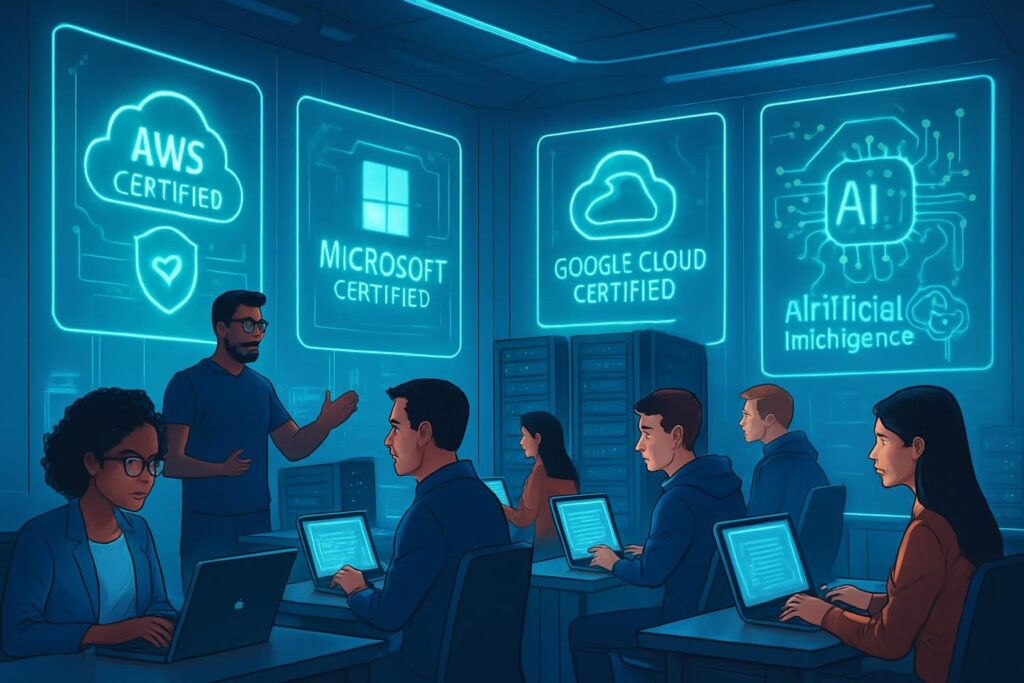Connecting Talent with Opportunity
Empowering job seekers through expert advice and tailored listings.


Connecting Talent with Opportunities
WashingTana WorkHub is committed to bridging job seekers with meaningful careers, fostering growth through a trusted platform that offers both job listings and expert career advice.

Blog
Explore our blog for expert advice, latest trends, and essential resources to empower your job search and career growth.
-

Skill Stacking: How Combining Soft & Technical Skills Gives You a Competitive Edge in 2025
Why Skill Stacking Is Redefining Career Growth in 2025 In 2025, the…
-

Managing Up in Remote & Hybrid Teams: Communication, Trust & Visibility Strategies (2025 Guide)
Why Managing Up Matters in Remote & Hybrid Teams In 2025, managing…
-

Remote Work Infrastructure: Tools, Security, and Digital Collaboration in 2025
Why Remote Work Infrastructure Defines the Workplace of 2025 In 2025, the…
Find the Perfect Career Match for You
Join WashingTana WorkHub today and unlock exclusive job listings and expert career advice.








Connecting Talent with Opportunity
Explore our platform’s impact through key insights and data that highlight job market trends, user success stories, and platform growth.
50+
Active Job Listings
50+
Companies Hiring
50+
Success Stories
Your Career, Your Way
Search jobs tailored to your skills, experience, and ambitions. From entry-level positions to executive roles, our platform gives you access to opportunities you won’t find elsewhere.
📌 Advanced job filters (location, salary, remote)
📂 Personalized job alerts in your inbox
🖥️ One-click applications with uploaded resumes
⭐ Career resources & interview tips


Hire Smarter, Hire Faster
Reach thousands of qualified candidates with our AI-driven job matching. Whether you’re a startup or enterprise, our job board makes recruitment simple and efficient.
🚀 Post unlimited job listings
🤖 AI-powered candidate matching
📊 Applicant tracking dashboard
🛠️ Employer branding options

Explore Careers by Industry
🖥️ Technology & Software
💼 Business & Management
🩺 Healthcare & Nursing
🎨 Creative & Design
🏗️ Construction & Engineering
📊 Finance & Accounting
🎓 Education & Training
🌍 Remote & Freelance
How It Works
Your Next Step Made Simple.
1. Create a Profile – Sign up in minutes with your resume.
2. Search & Apply – Find jobs that match your career goals.
3. Get Hired – Connect directly with top employers.

Why Choose Us
We’re not just another listing site. We empower careers and help businesses grow.
🌟 Thousands of active job listings
🔒 Secure & private applications
🌍 Global & local opportunities
📈 Career development resources
WashingTana WorkHub
More Than a Job Board

Success Stories
Real People, Real Success







































